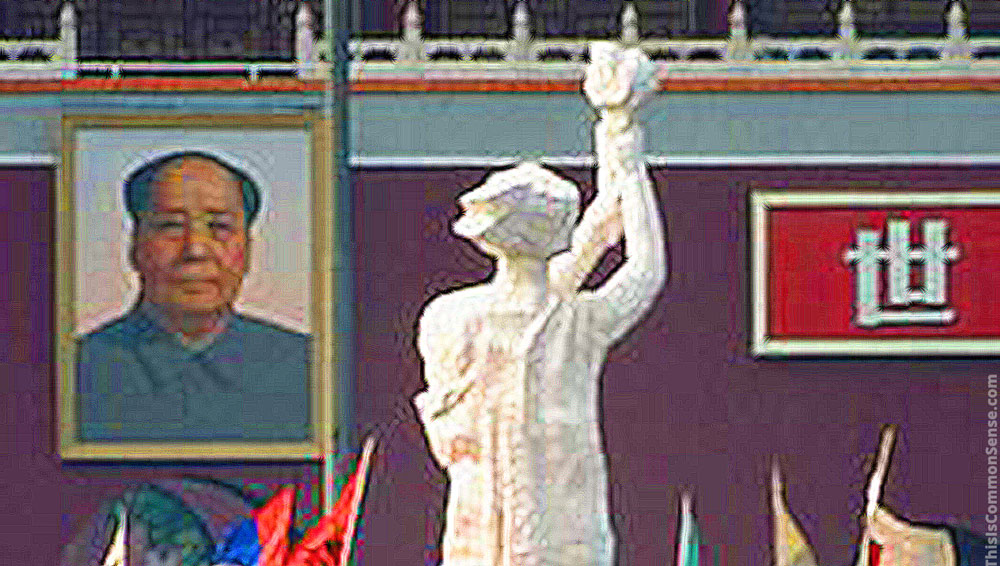Why did term limits spring up in the 1990s?
Term limitation has a long history in America, of course — and all the way back to Aristotle — but why the resurgence? I remember opponents suggesting that Americans were frustrated with slow economic growth.
Not likely.
In “Restoring Faith in Congress,” a 1993 article in the Yale Law & Policy Review, authors Kimberly Coursen, Thomas Mann, Norman Ornstein and Todd Quinn recognized that “the 1990s are different” because “the climate for far-reaching political reform is ripe.”
But why?
For seven weeks in 1989, Chinese students protested for freedom and greater democracy, joined by others until more than a million people filled Tiananmen Square. Americans were deeply moved by their makeshift Goddess of Democracy, resembling our Statute of Liberty, as well as by the students’ demands, which read much like our Declaration of Independence.
Then, all that hope was doused, courtesy the Butchers of Beijing.
Five months later, the Berlin Wall came down, followed by the overthrow of communism throughout Europe, then the fall of the Soviet Union in 1991.
No more Cold War.
Americans, lacking an external enemy for the first time in decades, and with Tiananmen’s “tankman” fresh in our minds, could at last safely take a good look at our own government.
We did not like what we saw.
In 1990, Americans in three states — California, Colorado and Oklahoma — used direct democracy by petitioning term-limit initiatives onto the ballot. All three won. In 1992, U.S. Term Limits rallied voters to pass initiatives in a record 14 states.
Sadly, the 1989 Tiananmen Square protests did not usher in freedom for China. Yet, they lit fires in hearts across the globe.
Including mine.
This is Common Sense. I’m Paul Jacob.


2 replies on “What Tiananmen Inspired”
As I have said before more times than I can count, term limits advocacy is little more than a collective cry of, “Please save us from ourselves.” I generally don’t like the idea of career politicians but, if voters collectively think it’s time for a fresh face in some public office, all the voters have to do is vote the politician out. It may take some organizing and, occasionally, even recruitment of a challenger but, if people keep returning to office someone whose policies they don’t like, those people have only themselves to blame. On the other hand, there may rarely be an officeholder who governs so wisely and altruistically her voters want o keep her in office as long as they can and they should not be prevented from doing so by some artificial limit on how long the good public servant may serve.
There is more to it than you are seeing. Here is a paper that explains why it is NOT just asking for a way to “save us from ourselves.”
https://www.cato.org/publications/policy-analysis/what-term-limits-do-ordinary-voting-cannot